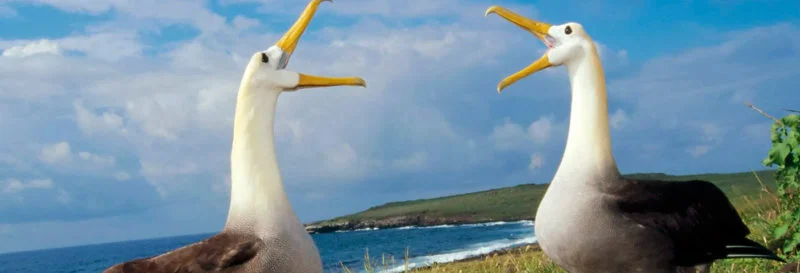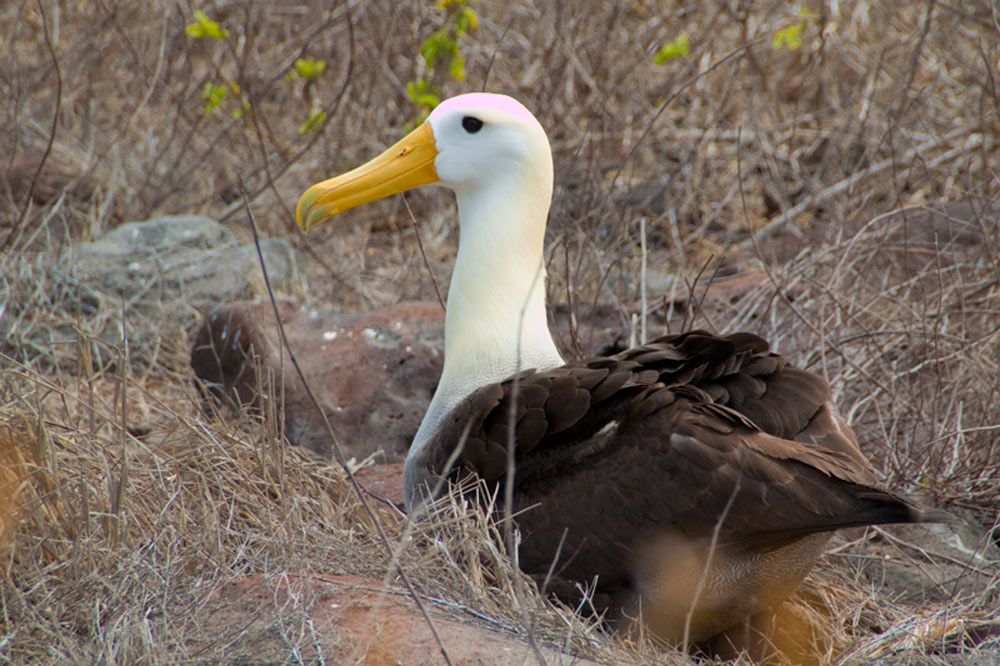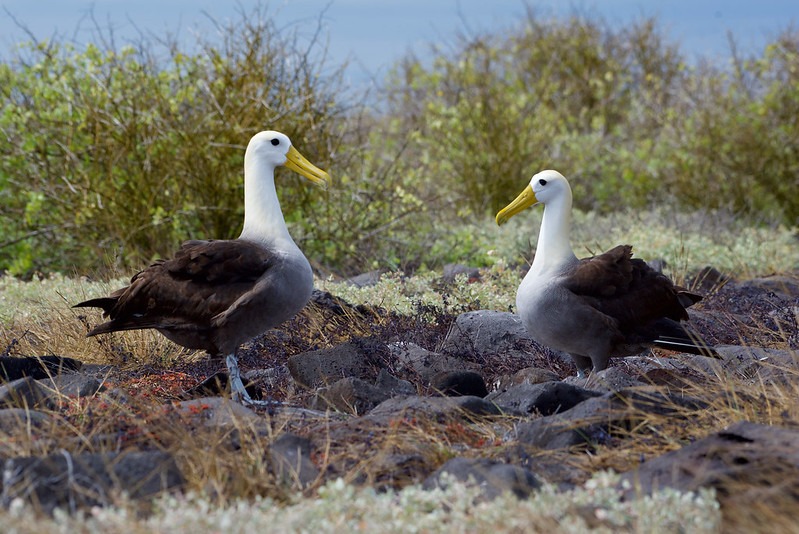
The Silent Flight of the Waved Albatross: A Call for Protection | Travel News
The waved albatross of Galapagos serves as a major symbol for the region but it faces extinction risks in the present time. The species has been classified as Critically Endangered because it experiences increasing dangers which threaten its existence. The protection of this species together with all species harmed by destructive fishing methods requires urgent worldwide collaboration.

A Familiar Threat Returns
Early this year, reports from Ecuadorian fishers and local media revealed the presence of a massive industrial fleet gathering near the border of the Galapagos Marine Reserve. Positioned just beyond the protected zone, these vessels target the rich squid grounds that lie in international waters.
This area is not only valuable to humans. The Galapagos waves albatross depends on squid and fish for its diet while it spends time near fishing boats to find food. The squid vessels operate during the night because their bright lights attract marine creatures to the longlines which contain baited hooks.
The Galapagos Marine Reserve prohibits longlining because it causes fatal harm to sharks and rays and seabirds but these rules do not apply to international waters. The waters around this region create a deadly trap for thousands of albatrosses who die after getting trapped in fishing lines. Longlining causes the death of about 100,000 albatrosses each year which represents a huge threat to these already endangered birds.
More than 99 percent of the world’s breeding population of waved albatrosses nests on Española Island. The survival of this species depends almost entirely on the protection of this single stronghold. The current extinction crisis will become irreversible unless we establish improved protection systems.

A New Opportunity for the Open Ocean
A new international agreement reached its final stage of approval during this year after nearly twenty years of negotiation for the UN High Seas Treaty. The historic framework establishes the basis for creating marine protected areas which exist outside national borders to protect ecosystems that have faced ongoing threats.
The treaty allows neighboring governments to establish joint protection measures which will protect territories across their shared borders. The protection of migratory wildlife would be achieved through this collaboration which would also preserve coastal communities that depend on sustainable artisanal fishing practices.
Scientific research needs to maintain its progress for this future to reach realization. The monitoring of sharks and albatrosses in the ocean helps us gather important information which supports government decisions and law enforcement and enables the development of proper protection plans. The protection of fishing areas requires communities to obtain both monitoring tools and systems which stop destructive fishing practices from entering these zones.
The ocean's health brings wealth to communities because marine ecosystems stay strong while fish populations stay stable and local families benefit from thriving tourism businesses. The protection of waved albatross serves as an environmental conservation effort which safeguards the Galápagos region and its aquatic-dependent species.

